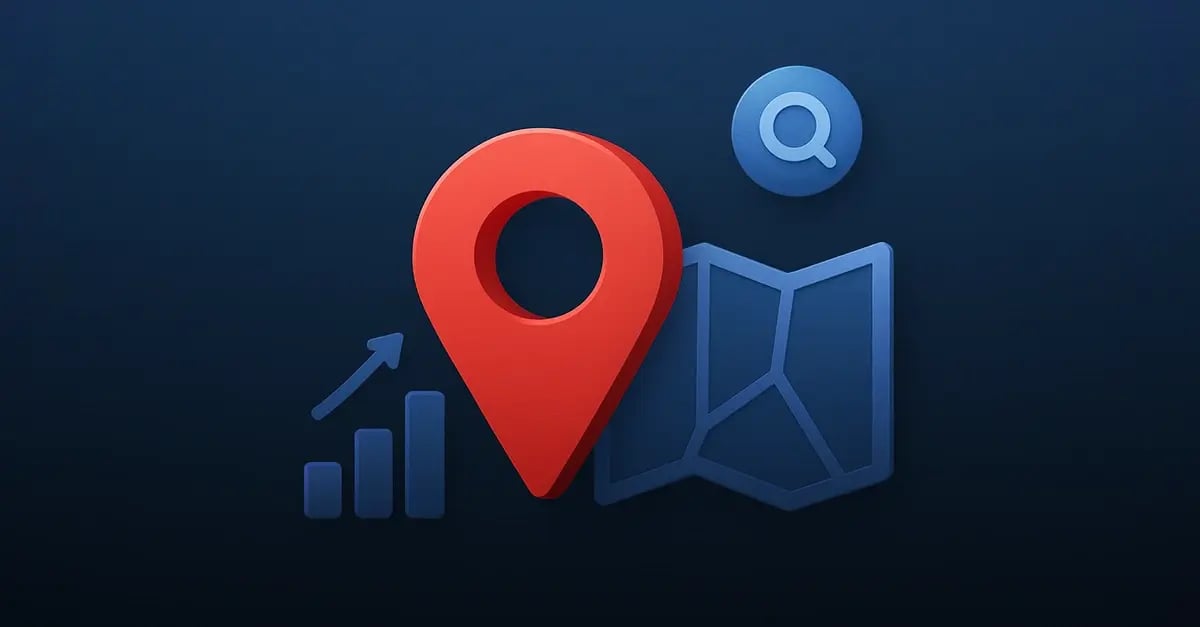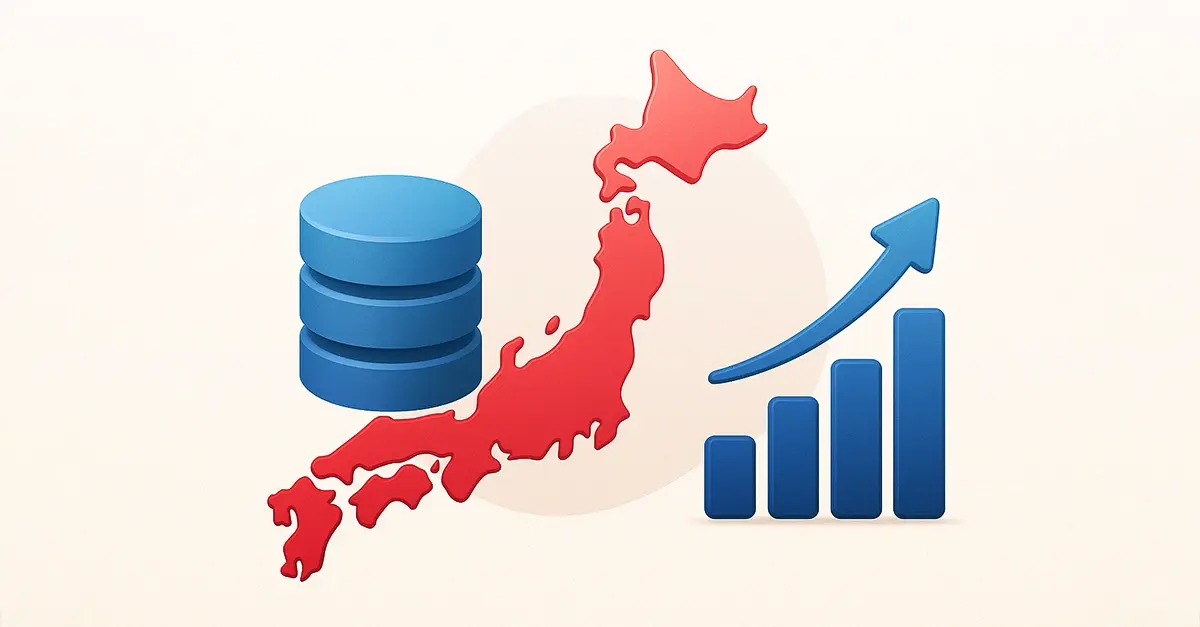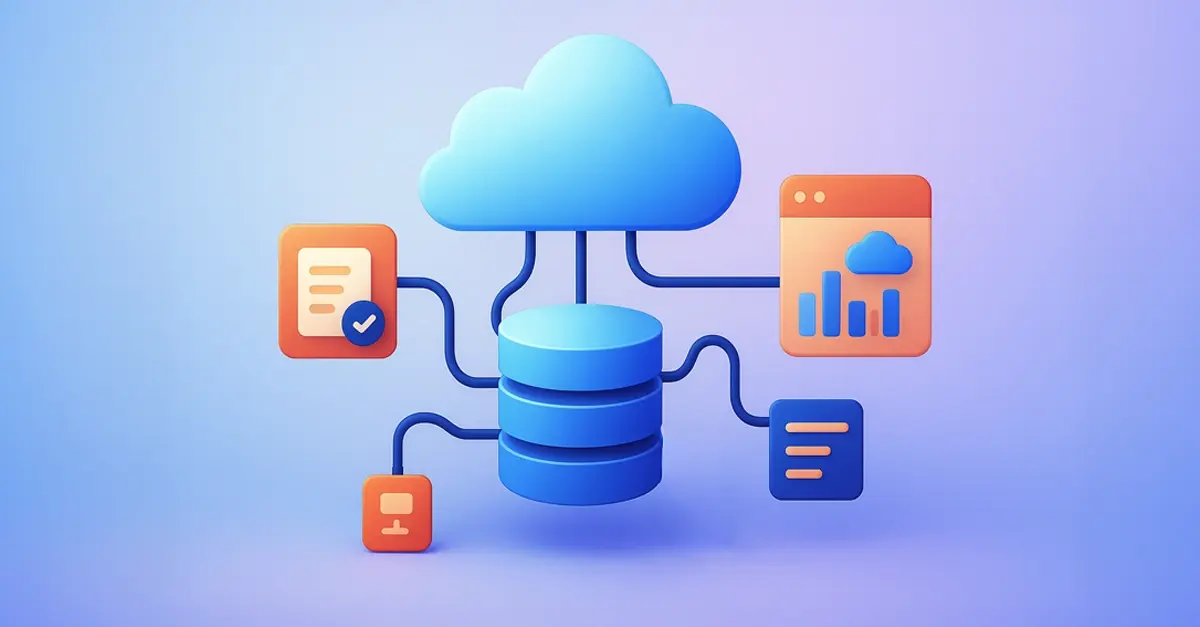Introduction: Why Location Data Has Become Critical
The global market for location analytics is projected to exceed 30 billion dollars in 2025, expanding at double-digit growth rates as organizations embed spatial insights into daily decisions. What was once the domain of specialized GIS teams is now a core capability for businesses across industries. From retailers selecting store sites to logistics providers planning delivery networks, companies recognize that “where” is as important as “what.”
Location intelligence transforms geographic data into actionable insight. It goes far beyond placing dots on a map. With the right datasets and tools, businesses uncover patterns, explain outcomes, and predict future performance. This guide defines location intelligence, explores its core data and technology, highlights use cases, and explains how InfobelPRO provides the trusted data foundation needed to succeed.
What Is Location Intelligence?
Location intelligence is the practice of using geographic data to improve decision making. It reveals not only what is happening but also where and why. By layering spatial data such as business sites, building footprints, transportation routes, or demographic clusters, organizations gain context that spreadsheets alone cannot provide.
Traditional business intelligence focuses on metrics like revenue, cost, and efficiency. Location intelligence adds the missing dimension of place. For example, two stores may show very different results. A location analysis could reveal that one thrives in a high-traffic corridor near complementary businesses, while the other struggles with poor access and market saturation.
Crucially, location intelligence goes beyond static visualization. Heat maps or pin-drop views are descriptive, but the true value emerges when multiple datasets are combined and enriched. This process uncovers relationships between places, people, and behaviors, guiding choices on site selection, logistics design, and customer segmentation.
At its best, location intelligence integrates three elements:
- Accurate datasets
- Analytic models that process spatial relationships
- Clear visualizations that make insights usable
When these elements align, organizations move from intuition to evidence-based decision making.
Core Data and Technology Behind Location Intelligence
The strength of any location intelligence program depends on two pillars: high-quality data and technology to analyze it.
- Data: This includes points of interest such as businesses and landmarks; building footprints that define physical structures; addresses and polygons for geographic precision; and demographic or mobility data that explain how people interact with places. Inaccurate or outdated data skews analysis. InfobelPRO addresses this with global coverage of more than 360 million businesses and 164 million places across 220 countries, enriched with attributes such as company name, category, contact details, websites, social links, and customer reviews.
- Technology: Geographic Information Systems (GIS) capture and analyze spatial data, while advanced analytics and machine learning reveal patterns and make predictions. Routing algorithms optimize logistics, clustering models identify underserved markets, and forecasting tools estimate site performance.
- Visualization: Maps and dashboards bridge the gap between technical models and executive decision making. They make complex spatial patterns intuitive and actionable.
Together, accurate data, advanced analytics, and intuitive visualization form the framework for effective location intelligence.
Table 1. Core Data Types in Location Intelligence
|
Data Type |
Description |
Example Uses |
|
Points of Interest |
Businesses, amenities, landmarks |
Market mapping, competitor analysis |
|
Building Footprints |
Shape and size of physical structures |
Site planning, property valuation |
|
Addresses & Polygons |
Registries, geographic boundaries |
Routing, territory definition |
|
Demographic Data |
Population, income, households |
Customer segmentation, site selection |
|
Mobility Data |
Foot traffic, movement patterns |
Retail prediction, delivery zone planning |
|
Environmental Data |
Flood zones, climate, risk attributes |
Insurance underwriting, infrastructure |
Key Use Cases Across Industries
Location intelligence is relevant anywhere geography shapes outcomes. Each industry has critical questions tied to place—from where customers live to how goods move.
- Retail & Franchising: Evaluate new sites, predict profitable neighborhoods, and rationalize overlapping branches.
- Logistics & Supply Chain: Optimize warehouse placement, routing, and last-mile delivery by analyzing transport hubs and customer density.
- Real Estate & Urban Planning: Guide investment and development through property boundaries, zoning, and demographic trends.
- Marketing & Segmentation: Refine targeting with geofencing and localized campaigns that match regional behaviors.
- Risk & Insurance: Quantify exposure to hazards like floods or wildfires at both the property and portfolio levels.
Table 2. Location Intelligence Applications by Industry
|
Industry |
Common Applications |
Benefits Gained |
|
Retail & Franchising |
Site placement, competitor mapping, traffic |
Higher sales, reduced cannibalization |
|
Logistics & Supply |
Warehouse siting, route optimization |
Lower costs, faster delivery |
|
Real Estate & Planning |
Property valuation, zoning, infrastructure |
Smarter investments, better services |
|
Marketing & Segmentation |
Geofencing, localized campaigns, clustering |
Better engagement, reduced spend waste |
|
Risk & Insurance |
Hazard mapping, exposure analysis |
Accurate pricing, reduced claims risk |
Benefits of Location Intelligence
Location intelligence delivers both strategic and operational value:
- Greater Precision: Geographic context validates strategies with evidence rather than assumptions.
- Competitive Advantage: Mapping demand clusters, competitor activity, and underserved areas helps organizations capture opportunities faster.
- Cost Efficiency: Optimized routes lower fuel and delivery costs, while consolidating overlapping networks reduces fixed expenses.
- Risk Reduction: Hazard and dependency analysis strengthens resilience and compliance.
- Scalability: Integration into BI dashboards, CRMs, and operational platforms makes spatial insights part of everyday workflows.
Challenges and Considerations
Adopting location intelligence requires addressing several challenges:
- Data Quality: Outdated or inconsistent records can mislead decisions. Verified, regularly updated datasets are essential.
- Integration: Most enterprises use systems not designed for spatial data. APIs and pipelines bridge the gap.
- Skills Gap: Historically a specialist discipline, spatial analysis requires training or vendor support to operationalize.
- Privacy & Compliance: Location data must be managed under regulations like GDPR with anonymization and transparency.
- Cost & ROI: Investment in data, analytics, and integration should be phased with clear use cases to demonstrate return.
Future of Location Intelligence
Several trends will shape the field in coming years:
- AI & Machine Learning: Predictive models will deliver real-time insights on customer behavior, competitor moves, and risk factors.
- IoT & Real-Time Data: Sensors, devices, and mobility platforms will provide continuous streams for logistics, infrastructure, and consumer monitoring.
- Accessibility: Low-code and no-code tools are making spatial analysis available to non-specialists across departments.
- Privacy: As data becomes more granular, anonymization and compliance with local laws will remain critical.
Ultimately, location intelligence will shift from being a specialist capability to a standard enterprise function, embedded in growth strategies, operations, and customer engagement.
How InfobelPRO Supports Location Intelligence
Location intelligence depends on accurate, comprehensive datasets. InfobelPRO provides one of the largest global coverage foundations available: more than 360 million businesses and 164 million places across 220 countries. Each record is enriched with attributes including classification, contact details, websites, social links, reviews, and building footprints. These enriched attributes transform raw data points into actionable intelligence.
Our datasets are delivered via APIs and bulk formats, ensuring compatibility with BI platforms, CRMs, and logistics software. Register-based sourcing and lineage verification guarantee accuracy and compliance, while continuous updates ensure data reliability.
By combining global scale, enriched attributes, and flexible delivery, InfobelPRO enables organizations to implement location intelligence at enterprise scale.






Comments